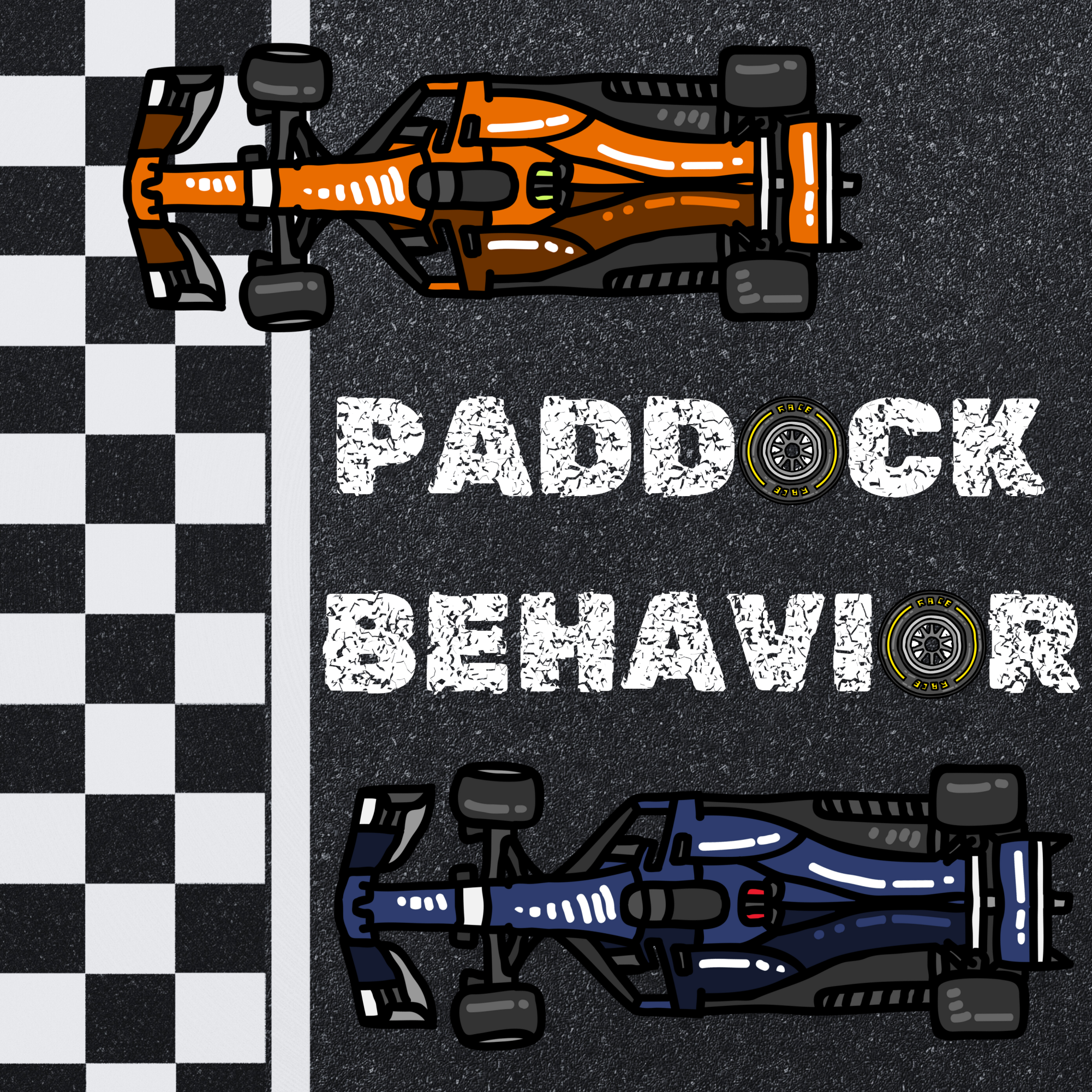Around 2,600 years ago, a republic was founded that would eventually go on to span the entire Mediterranean. They would innovate and advance many types of technology that include, but aren’t limited to: naval battle, connecting a nation via roads, military structure and the form of governance.
Eventually, one leader would come to see the slow and squabbling nature of the Roman Senate. This would lead this leader, also known as Augustus, to dissolve the Roman Republic and reorganize it into the Roman Empire. In this now much more hastened style of government, the Empire started to expand, fast, building aqueducts and roads, spanning their empire into even parts of Africa.
But what does this have to do with today? Well, it is fairly well known that the Founding Fathers of the United States based the Constitution off of the Roman example of senate. They also helped influence how construction worked for agriculture and military constructs like forts and garrisons. Additionally, they established towns like Londinium that’s now the capital of Britain, modern day London. Furthermore, they helped bring about fast food.
If you think about it though, it makes sense: having such large armies on the move constantly, not only to defend, but also to expand their borders? They all need food to keep up their march, so why not make it easy for markets to not only take in a lot of money, but also for soldiers to be fed. But I digress. On today’s episode, my guest, Ben Ciliberto ’24, and I will take a little trip back 2,000 years to talk about the innovations of the Roman Empire and how they affect today.



















